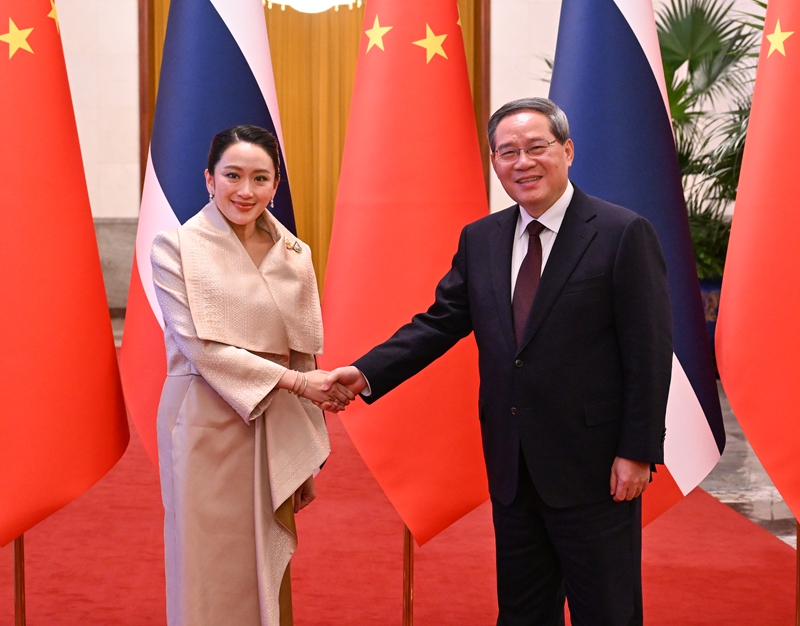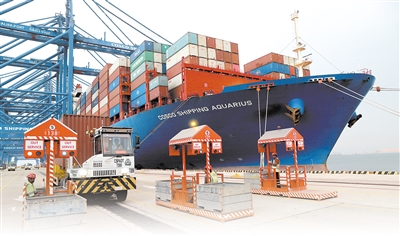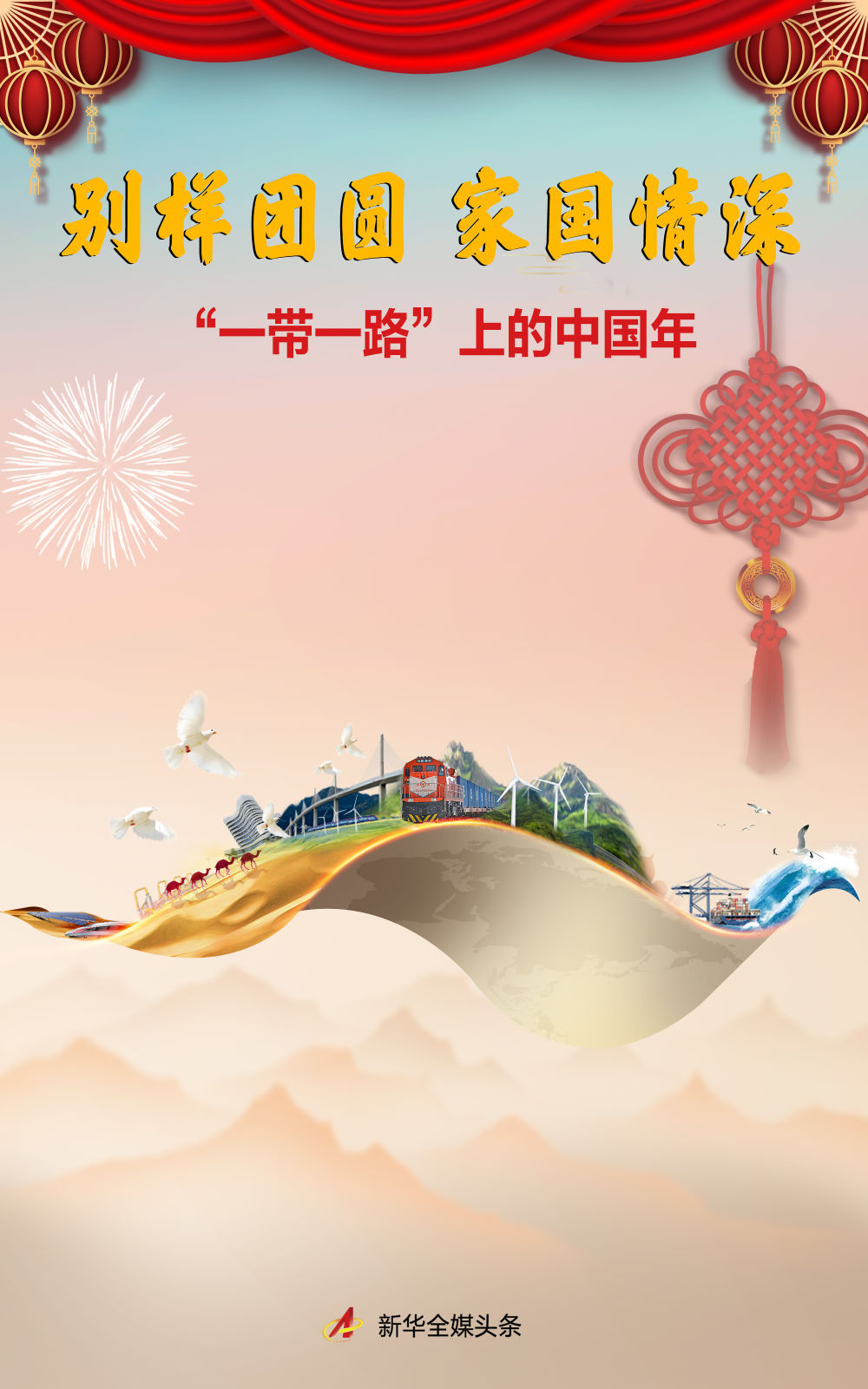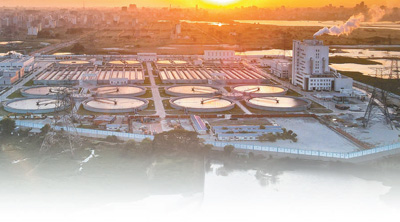China And Iran Maintain A Strategic Partnership. China Has Not Made Any Major Investment In Iran In The Past 10 Years? Central Asian Caucasus Becomes The New Favorite
China And Iran Maintain A Strategic Partnership. China Has Not Made Any Major Investment In Iran In The Past 10 Years? Central Asian Caucasus Becomes The New Favorite
China's relations with Iran have always been regarded by the outside world as an important part of the international situation in countering the West. However, the actual situation is intriguing. At the economic level, despite the strategic partnership between the two countries, China has not made any significant investment in Iran in the past decade.
China's relations with Iran have always been regarded by the outside world as an important part of the international situation in countering the West.
However, the actual situation is intriguing. At the economic level, despite the strategic partnership between the two countries, China has not made any significant investment in Iran in the past decade.
On the contrary, China's resources and capital flowed more to Central Asia, the Caucasus and Arab countries. What kind of logic is hidden behind this phenomenon?

First, look back on history. In 2016, China signed a new phase development agreement with Iran, a major milestone in economic cooperation between the two countries.
However, this cooperation came to an abrupt end due to severe US sanctions on Iran. Chinese companies were forced to withdraw from projects, which was not only a setback in the economic relations between the two countries, but also marked the beginning of China's cautious attitude in Iranian investment.
According to the latest data from the Belt and Road Initiative in the first half of 2025, China has invested $64.8 billion worldwide, but Iran and Russia are not on the list. China chooses key areas for investment, focusing on Central Asia, the Caucasus and Arab countries. The political stability and economic returns of these regions are obviously more in line with China's interests.
This choice is no accident. Data shows that the volume of cargo transport through the Central Asia-Caucasus-Türkiye-Europe route reached about 50% of the company's total freight last year.
Meanwhile, Chinese companies also hold 51% of the Kyrgyzstan-Uzbekistan Railway worth US$4.7 billion. This railway not only connects many countries in Central Asia, but also further extends to the Caucasus region and becomes an important channel for the "Belt and Road" initiative.

In sharp contrast, Iran's economic environment is full of uncertainty. The long-term US sanctions have made Iran a high-risk investment target, and foreign capital inflows have almost stagnated.
Meanwhile, the political situation within Iran is complex and unpredictable, which further reduces its appeal. China is obviously unwilling to invest a large amount of capital into such a high-risk market.
More notably, emerging transportation networks in the region are accelerating the marginalization of Iran.
For example, Azerbaijan recently launched the Zangzur Corridor, a trade route that bypassed Iran and directly connected Azerbaijan with Türkiye.
Iran and Russia have repeatedly criticized the project for public criticism, but the reality is that the corridor is becoming a new hub for regional economy. If Iran cannot integrate into these emerging transportation networks, its economic status will decline further.
From China's perspective, this choice reflects its pragmatic diplomatic and economic strategy. Although China and Iran maintain cooperation under the anti-Western strategic framework, China pays more attention to economic interests and investment returns.
In contrast, Central Asia and the Caucasus region are rich in resources and have superior geographical locations, and the economic opening-up policies of Arab countries also provide China with more cooperation opportunities.
For Iran, the challenge for the future lies in how to break the current dilemma. Relying solely on anti-Western diplomatic stances obviously cannot attract foreign investment or promote economic recovery.
Iran needs to reposition its role in the regional economy, actively integrate into emerging transportation networks, and adopt more open economic policies to avoid further marginalization.





